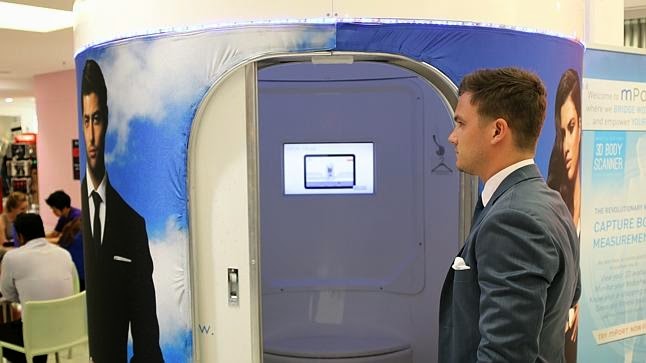Today consumer’s behavior is dictating the speed and efficiency with which retailers must meet their needs. Most retailers have been grappling with the so called ‘Omnichannel strategies’ – models to deal with the many critical moments when customers interact with the organization's channels and its offerings. This is how retailers want to play the game. However, I think that in trying to solve a real problem their antidote seems worse than the problem itself. For example, the narrow focus on maximizing satisfaction across all channels has diverted attention from a more important picture: the customer’s end-to-end journey. In other words, the focus is on the touch-point itself and not on the overall experience resulting in a less customer-centric strategies.
And this is the big question: how do you want customers to feel when they are in your store, on your website, reading your flyer, or just on the phone with customer reps?
I have already pointed out that customers don’t think in terms of channels (here and here). This is a distorted way to look at customer's behavior. Razorfish’s CTO, Ray Valez, in his book identified the silos as the ‘villain’ that prevents company from being truly customer centric. The argument is clear: If you map your operations to the consumer journey, then sharp divisions go away. Marketing and IT – and other functions – will be laser-focused on the customer’s wants and needs and how they can be best served. This is disruptive in environments where ingrained divisions and cemented organization charts are first citizens. This is true, for example, in most brick and mortar retailers that are trying to be successful across multiple channels.
The solution is to embed customer journeys into operating models. To illustrate this point, let me shortly recount two stories that I have come across over the last few weeks.
 |
| The "order" sent to Kogan |
Firstly, a funny yet insightful episode. Kogan, one of my favorite re-sellers in Australia, has a very simple model which boils down to a clear understanding of what customers are looking for and sell them great deals. It is a pure online player…but ready to make some exceptions. In fact, just recently a “pretty computer illiterate” bloke from Queensland Australia, Mr. Head, unable to pay for a gadget on the website, sent a letter accompanied with cash directly to Kogan (the story is recounted here). Kogan’s CEO sent the gadget with a $100 voucher. More importantly, he hand-wrote a letter proposing to run the lucky bloke “through a quick tutorial to show...how to shop online…” OK, Mr. Head's journey doesn't provide sufficient reasons to embed it in Kogan’s business model but do you think that Mr. Head will be an unhappy customer after this experience?
The second story clearly illustrates how new customer journeys are devised when you think in terms of customer behavior (and not channels). The fact is this: mPort, a fast growing Australian start-up, invented a 3D body scanner (based on infra-red technology) and installed the first one at World Square shopping centre in central Sydney and signed up custom suit online store Institchu as its first retail partner. Getting the body scan will be free and collecting the results will also be free if you want them sent to a retail partner, but there will be a modest fee, about $10-15, if you just want to download your data for private use. This is going to disrupt the tailor-made suit market. I’ll let you figure out the potential impact that this is going to have.
 |
| Institchu co-founder Robin McGowan entering the mPort body scanner at World Square. |
mPort co-founder pushes this idea to its logical consequence:
[he hopes to eventually] provide a tool that would let customers try on clothing in a virtual change room on an online store, by overlaying the clothing and body measurements to show the exact fit.
What these two stories teach us is that customer-centricity is a concept that you have to breathe, not a marketing weapon or a passing fad. Journeys count and they are data-driven. It implies acquiring new types of information from consumer behaviors and assembling it in new ways. For many companies, combining operational, marketing, and customer and competitive research data to understand journeys is a first-time undertaking, and it can be a long process—sometimes lasting several months.
Picture source: http://tangentconsultinggroup.com/2009/10/15/happiness-the-ultimate-value-add/


Comments